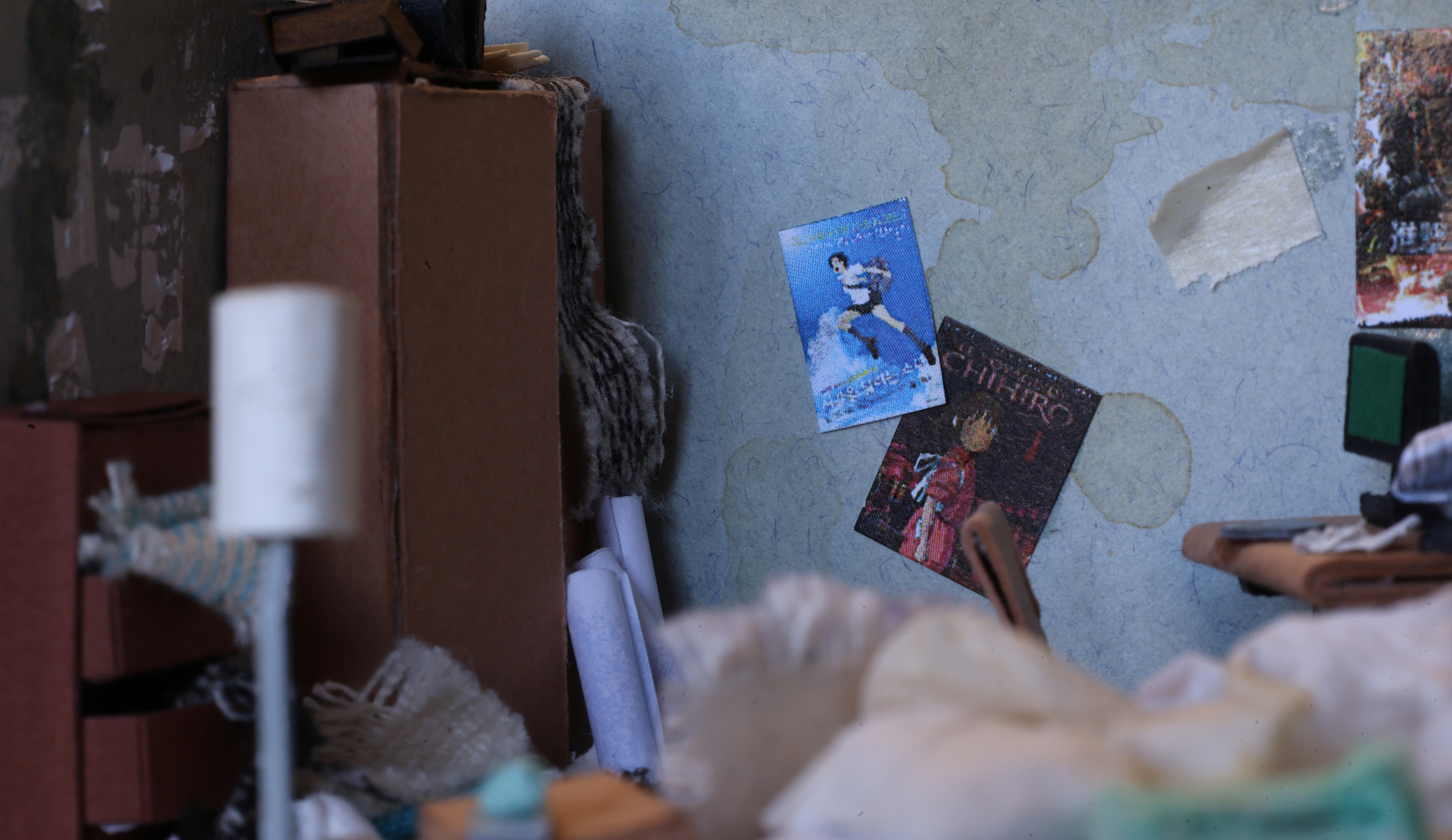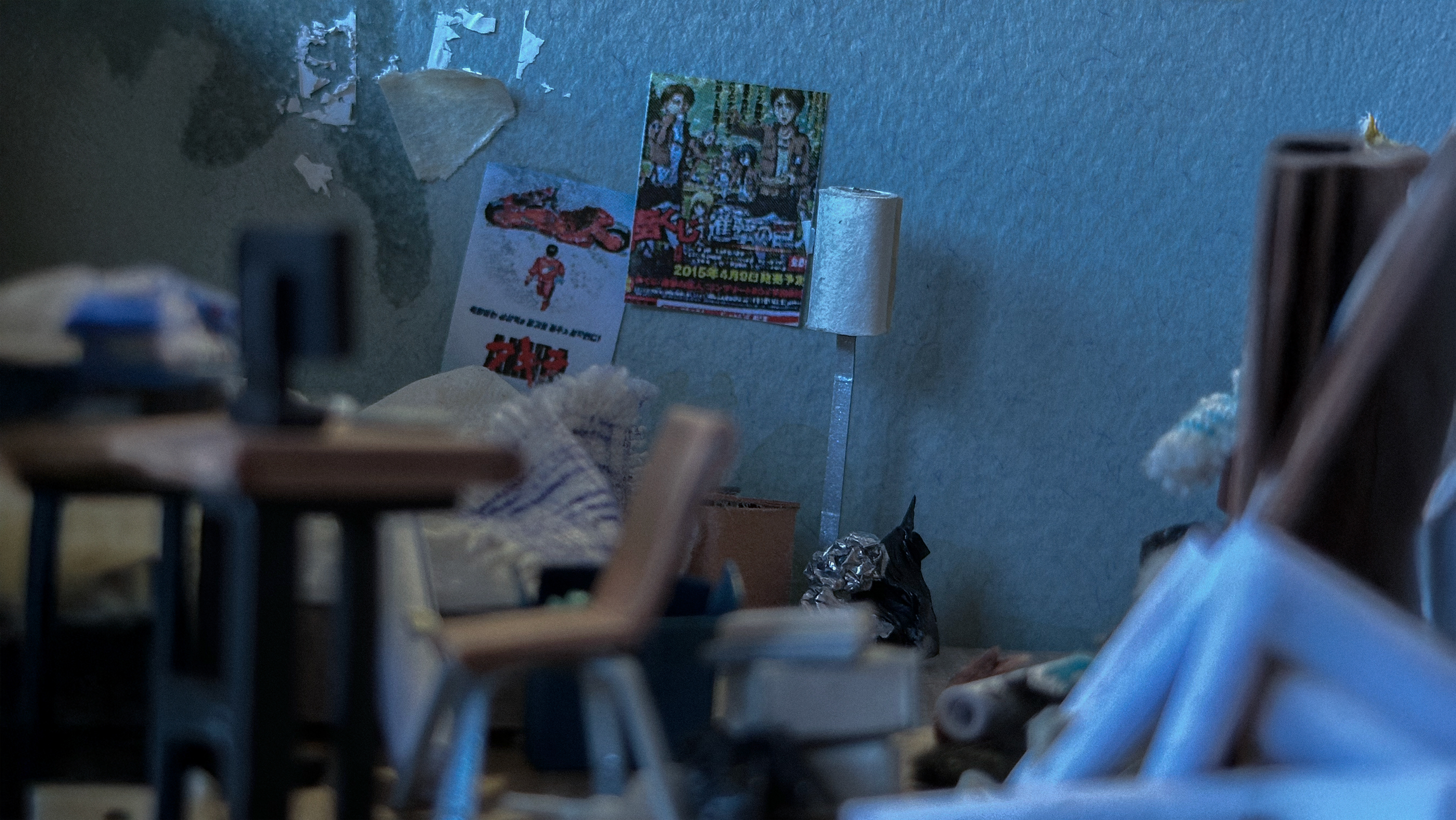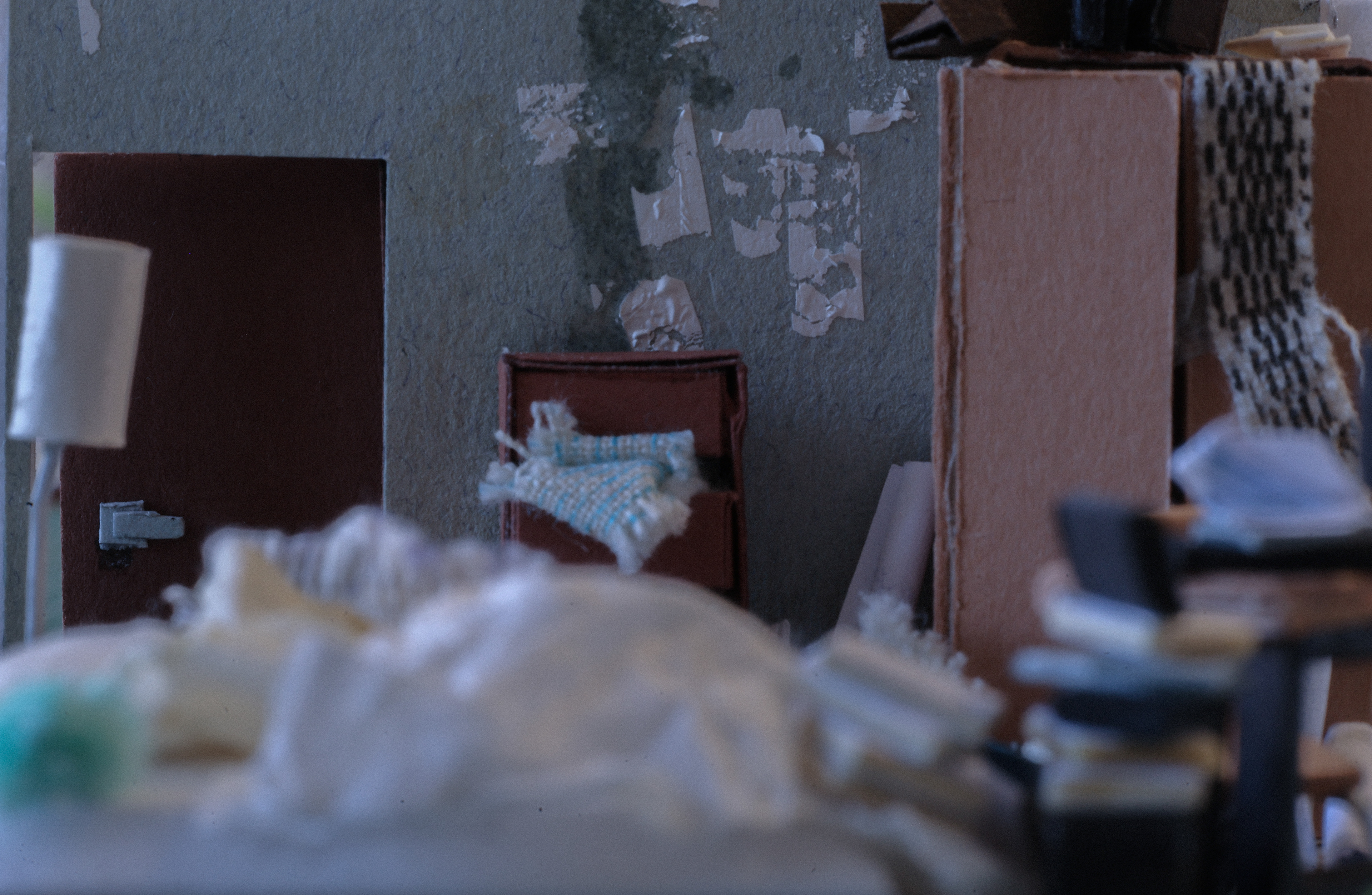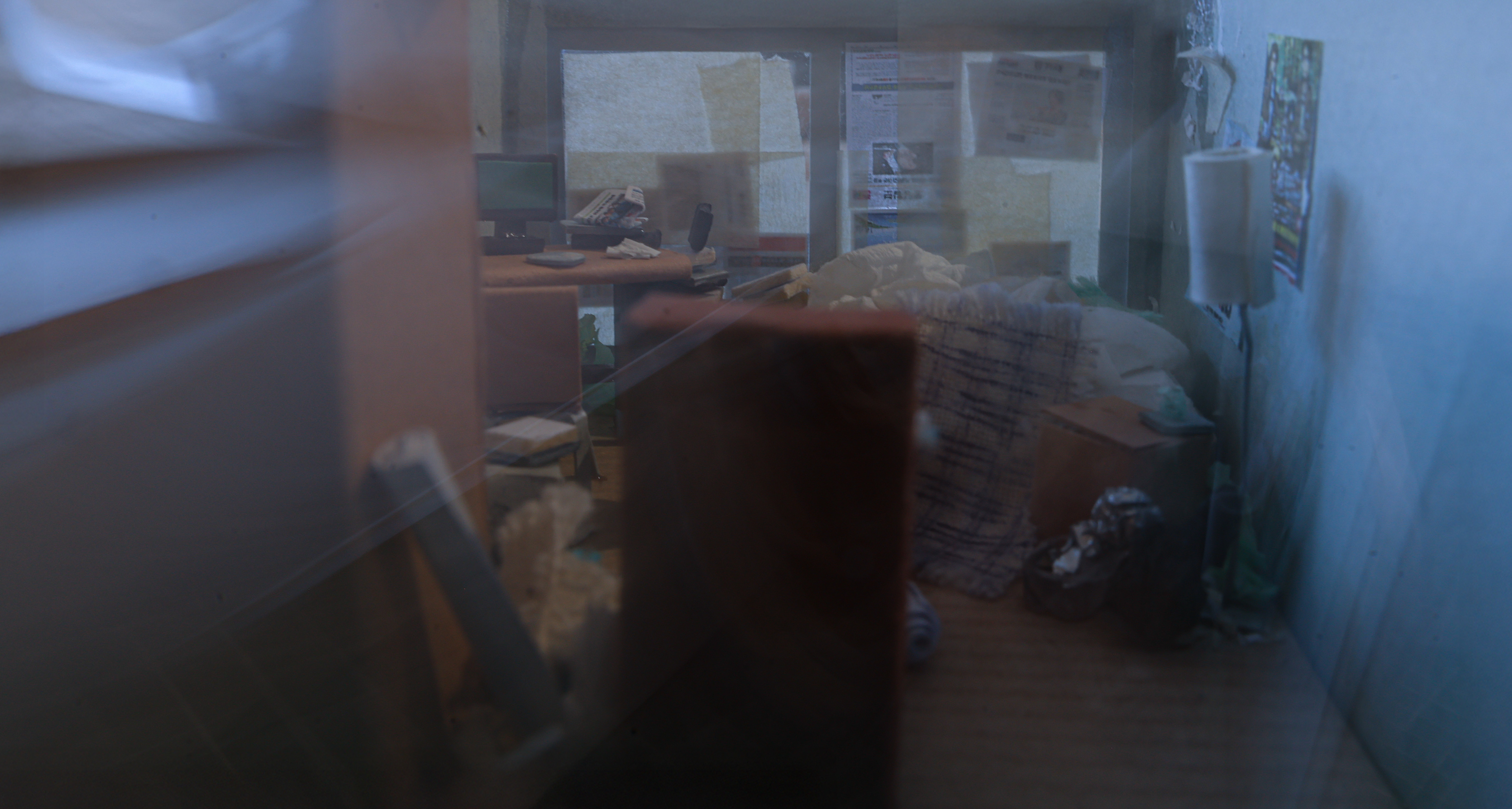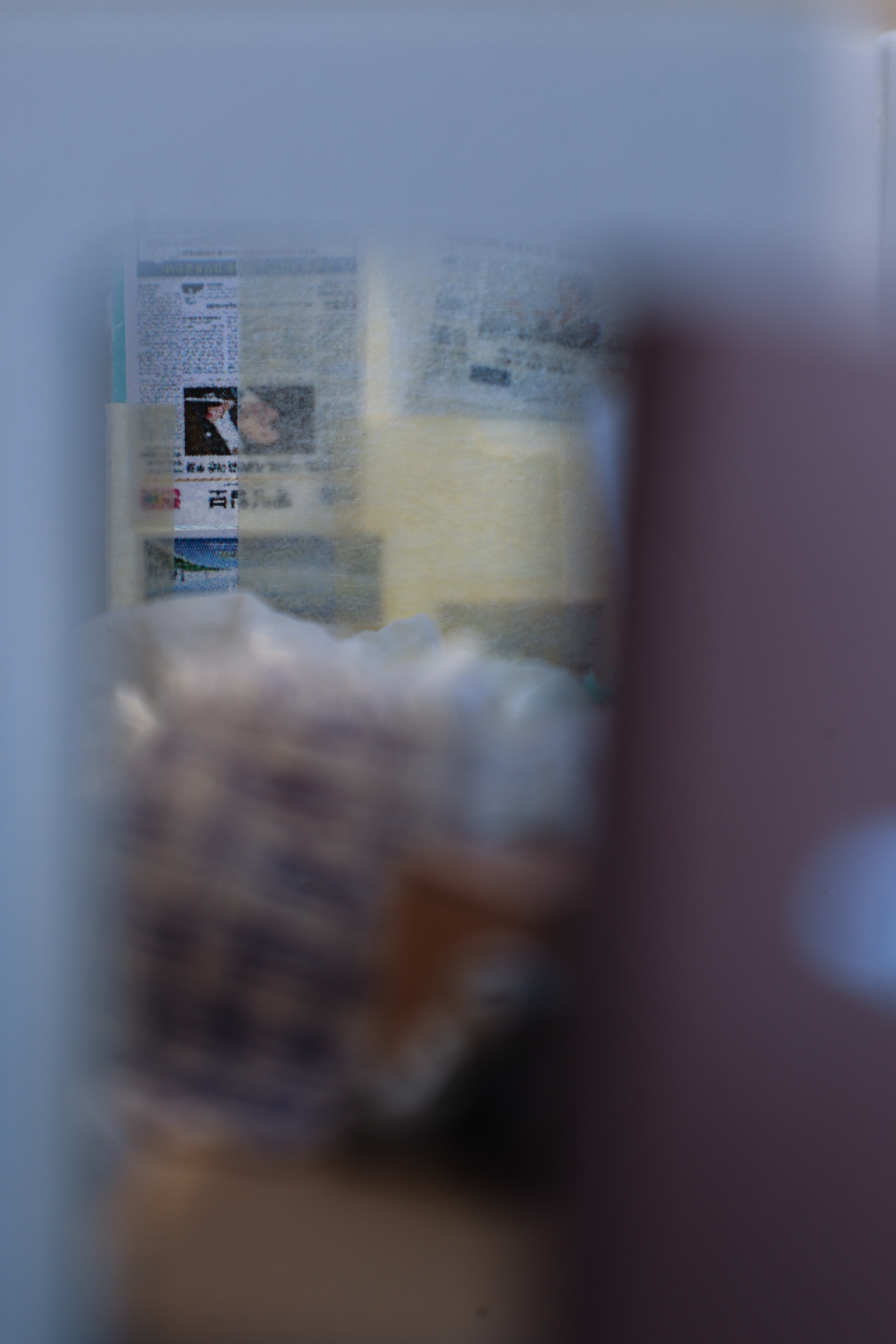Parasitising
2024
This project explores the relationship between humans, objects, and spaces, focusing on the value that emerges from the act of collecting. It highlights the tension between the growing mass of possessions and limited living space. Starting with old magazines discarded by the RCA library, I reclaimed them as part of my work, giving them new spaces and value.
The approach involves discreetly incorporating these abandoned books into the collection by placing them in the most frequently borrowed book at the same library: ‘Why Materials Matter’. This ensures that their necessity does not disappear again, allowing them to blend seamlessly and persist unnoticed by looking at their cover and ultimately returning them to the library.
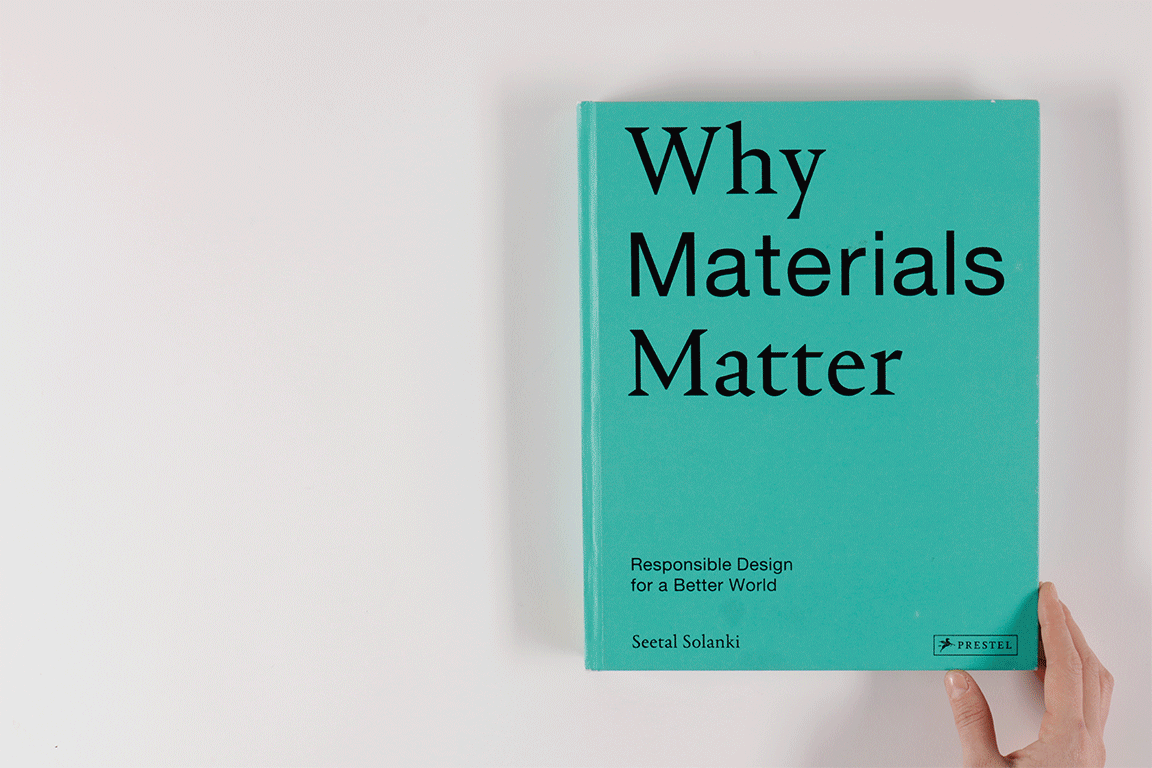
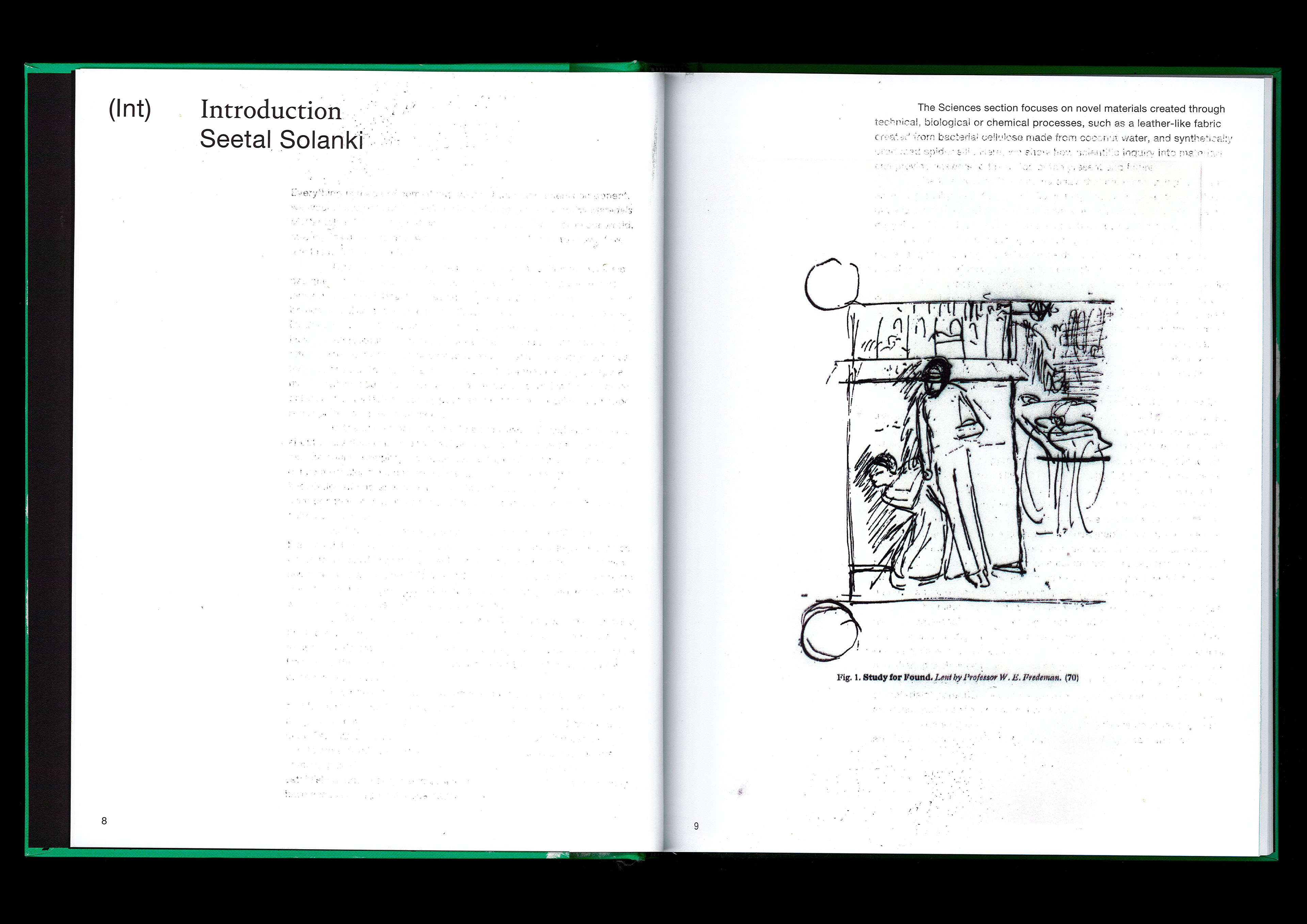
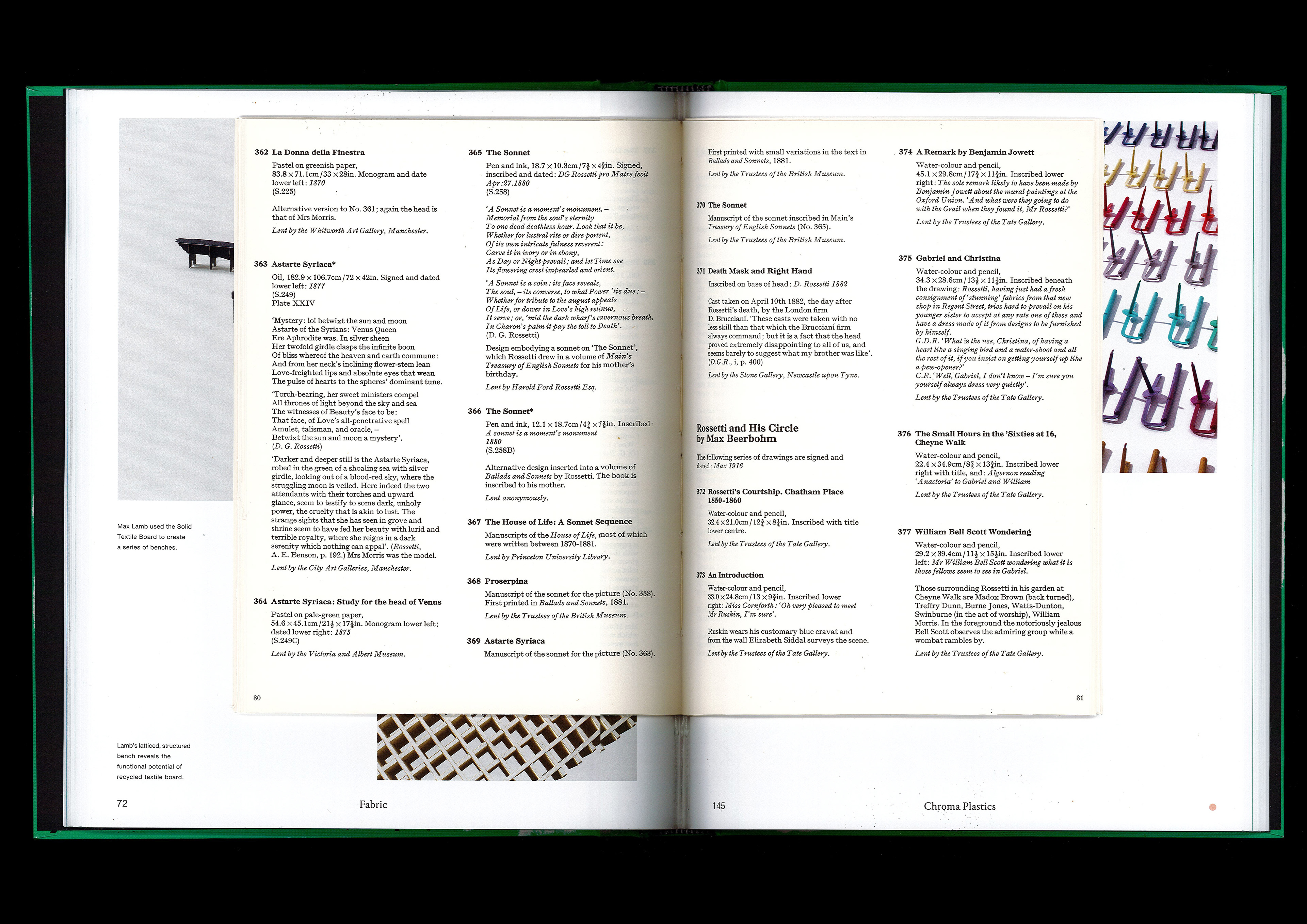
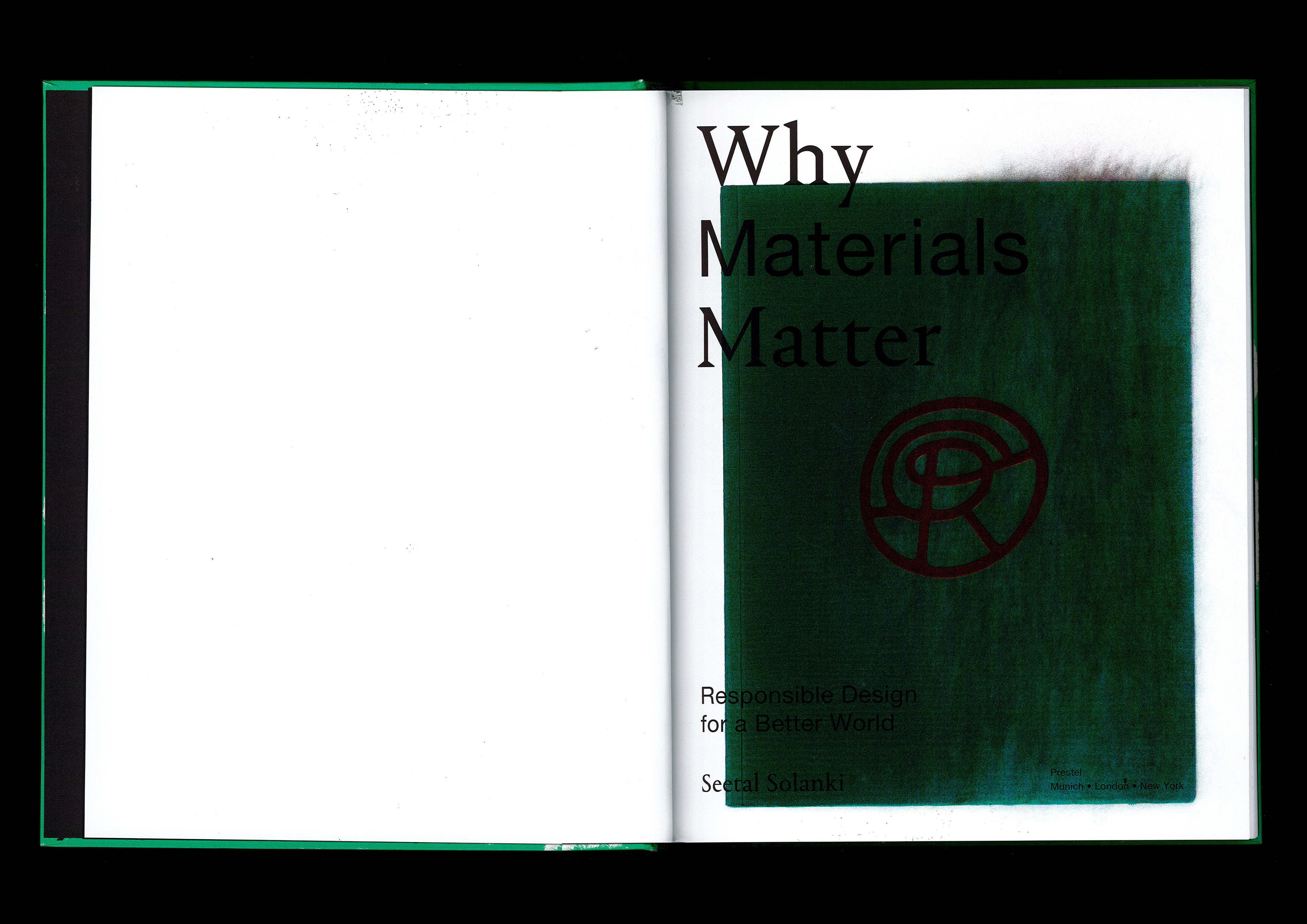
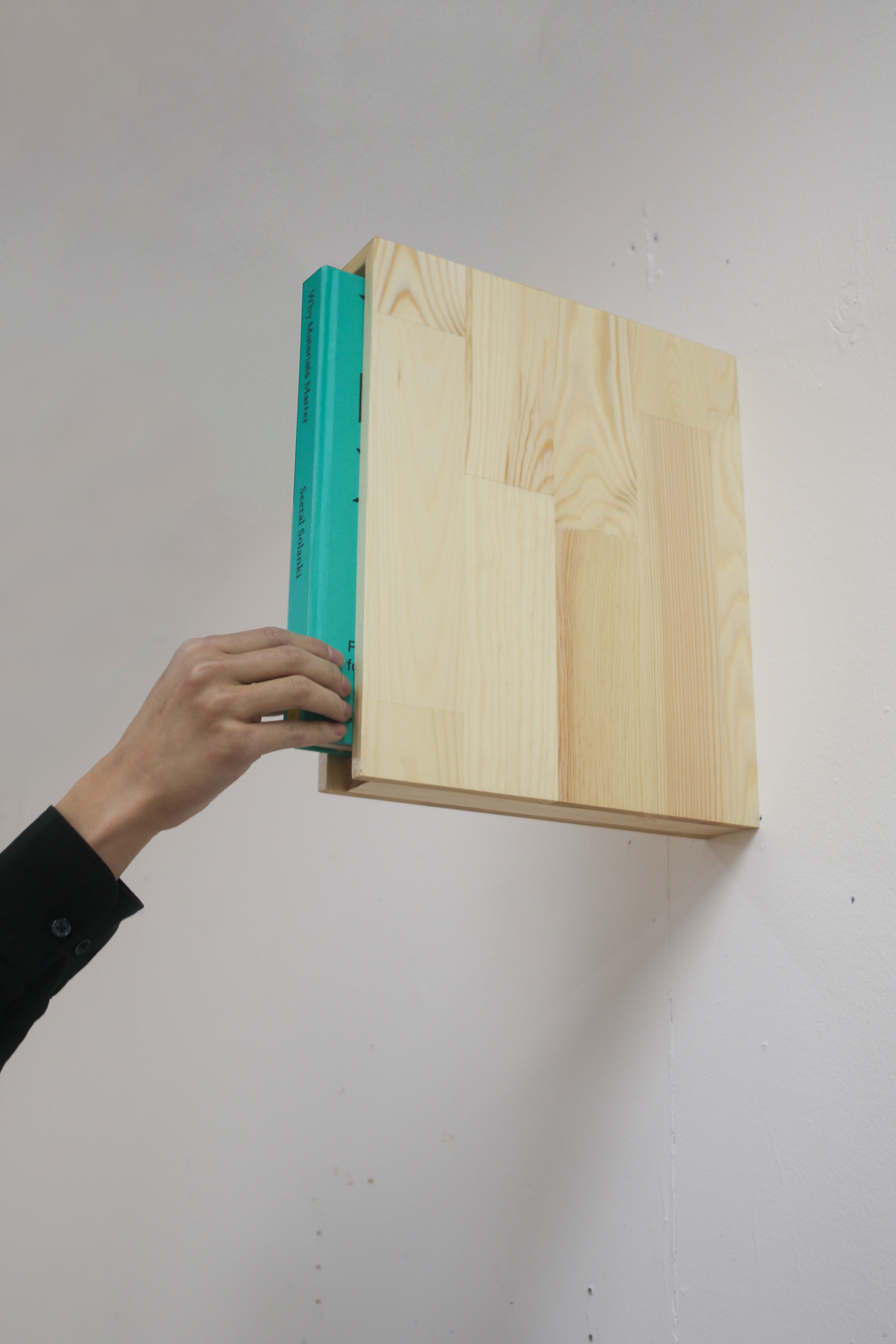
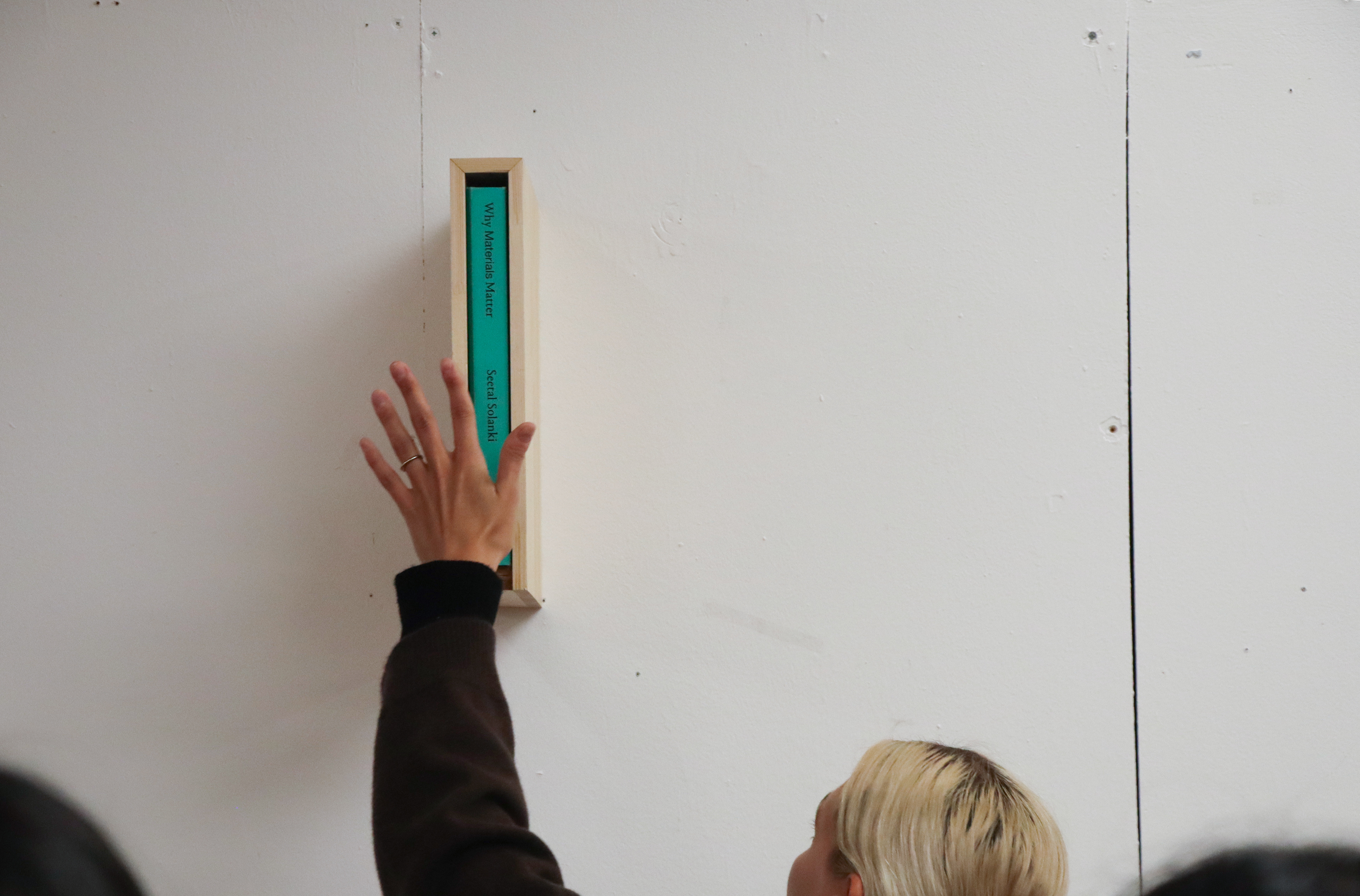
_______________________________________________________________________________
46 pages, 8.9 x 12.8 cm
2025
The project explores the living environments of hikikomori—individuals who choose or are compelled to withdraw from society and confine themselves to their rooms.
Within the limited volume, the "room" becomes a complex threshold: a protective cocoon from external stimuli, yet, paradoxically, a trap. What begins as a refuge gradually shifts into a quiet kind of confinement—a personal antlion pit of stillness and isolation. The boundaries of this space are more than just architectural. They are shaped by subtle physical elements, environmental shifts, and deeply embedded psychological conditions. The six walls become not just separators from the outside, but layers of self-imposed distance, resistance, and introspection.
This project investigates these boundaries—not by direct documentation, but by translating memory, emotion, and imagination into spatial form. Rather than observing real spaces, the project reconstructs them through speculative design, adopting intuitive fieldwork rooted in media, memory, and imagination, aiming to construct spaces that exist only in mental traces—rooms that may never be encountered, yet feel as though they exist somewhere.
Through building miniature models, the intangible is made tangible, and the invisible, visible. This process becomes a way of drawing out what lies beneath the surface, translating the abstract into a form that can be seen, held, and interpreted.
The publication (un)seen consists of twelve photographic spreads and eleven blank spreads, 46 pages in total. Each photograph is accompanied by a white partition, creating a sense of separation—as if the images exist between quiet walls, allowing them to remain in solitude. It invites readers either to contemplate the nature of the space or to sense the isolation that reclusive individuals might experience.


